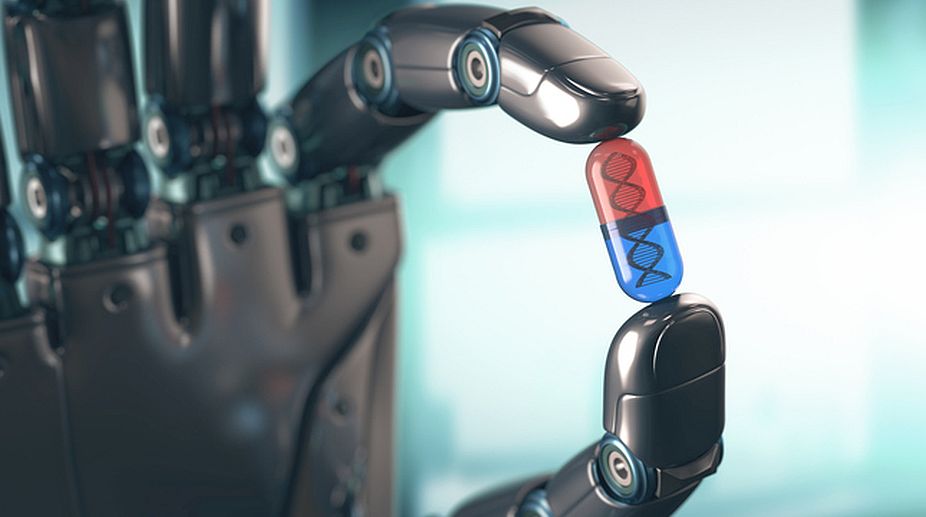Faced with an alarming decrease in its population, Japan is developing next generation robots and systems which can replace human beings and deal with social issues such as maintenance, management and renovation of infrastructure and with disasters like the 2011 Fukushima catastrophe.
With the authorities hesitant to liberalise the country’s stringent immigration policy that would enable more foreigners to come and work in Japan, robotics in laboratories are working on perfecting highly realistic humanoids who look, move and act like humans.
Advertisement
A pioneer in this field is the New Energy and Industrial Technology Development Organisation (NEDO), one of the largest public research and development management institutions in Japan.
“NEDO is developing an infrastructure maintenance and management system and various types of robots, such as those which can cope with accidents occurring inside tunnels filled with flammable gas as well as robots which can investigate conditions of volcanic eruptions,” senior NEDO officials told a group of foreign journalists on a visit to Japan last week.
NEDO Executive Director Takashi Omote pointed out that a considerable amount of Japan’s social infrastructure, including roads and plants, would soon become more than 50 years old. Shortage of funds and experts to maintain and manage aging infrastructure were becoming major social problems for the authorities.
To deal with this situation, NEDO was developing a variety of infrastructure maintenance and management systems. First, sensors would be developed to determine the state of existing infrastructure and components. Then imaging technology would be developed to detect deformations and cracking in structures. This would be followed by developing robots which could obtain information required to maintain and manage infrastructure with non-destructive inspection equipment which could be mounted in the robots.
Along with the development and demonstration of these systems and technologies, NEDO is also aiming to address financial issues and the shortage of human resources and technologies for the maintenance and renewal of infrastructure constructed during Japan’s high growth period from the 1950s to 1970s.
Omote said NEDO was also developing robots which could cope with accidents occurring inside tunnels filled with flammable gas as well as robots which could investigate conditions of volcanic eruptions and places where eruptions were layered.
NEDO in collaboration with other institutions has developed a rescue robot named Quince which can respond to natural catastrophes like earthquake and landslides or work in buildings which have been damaged following terrorist or biochemical attacks. This robot can go to practically any terrain, thanks to its four independent tracked legs and its body which also provides traction. The prototype has a wide angle camera for vision, microphones and speakers as well as sensors to move forward while evaluating the terrain.











